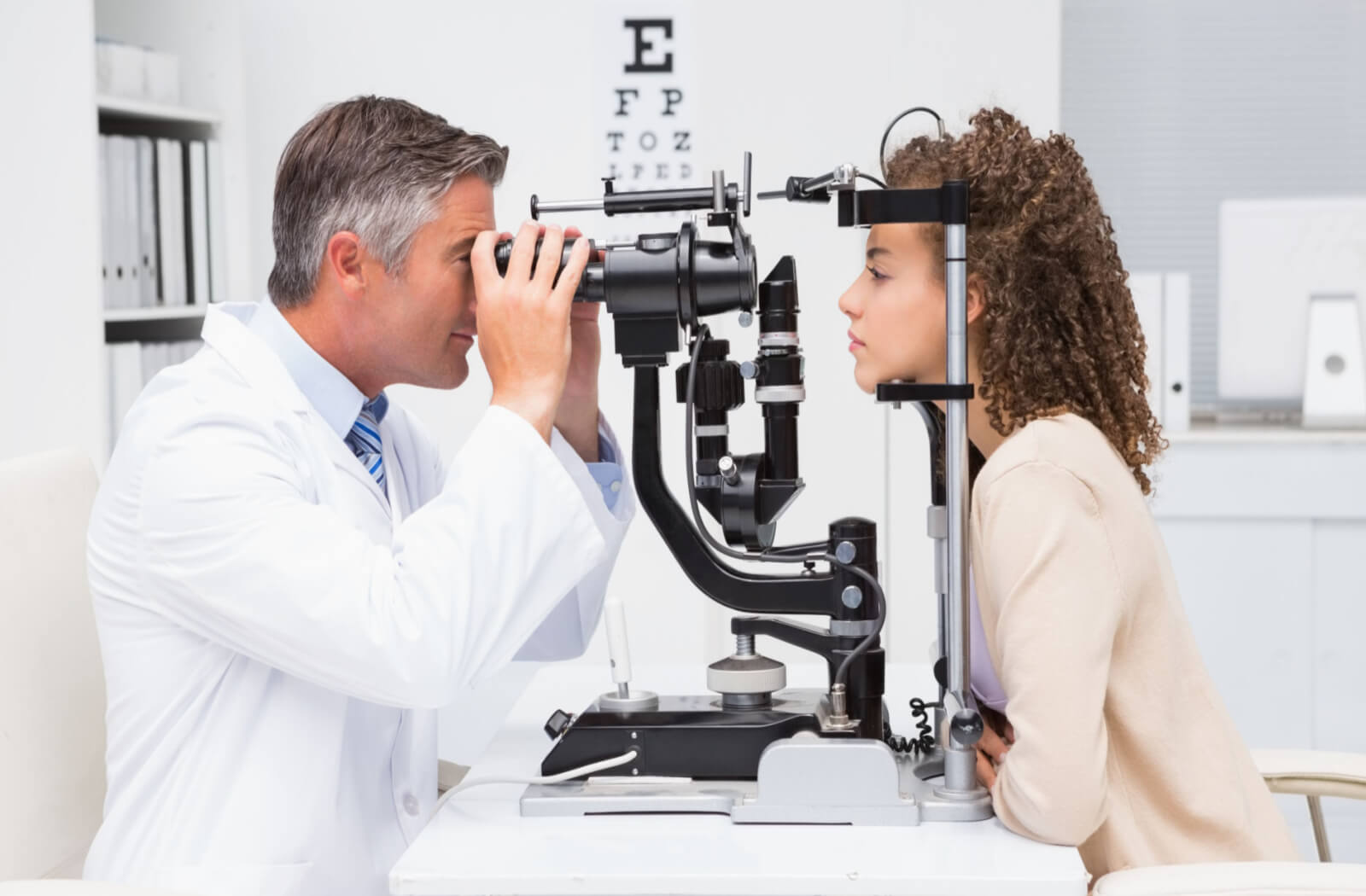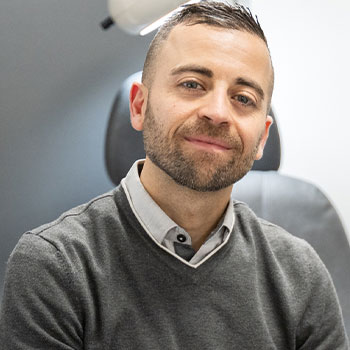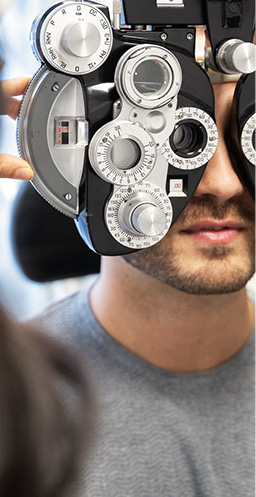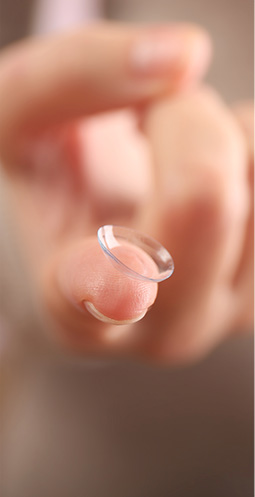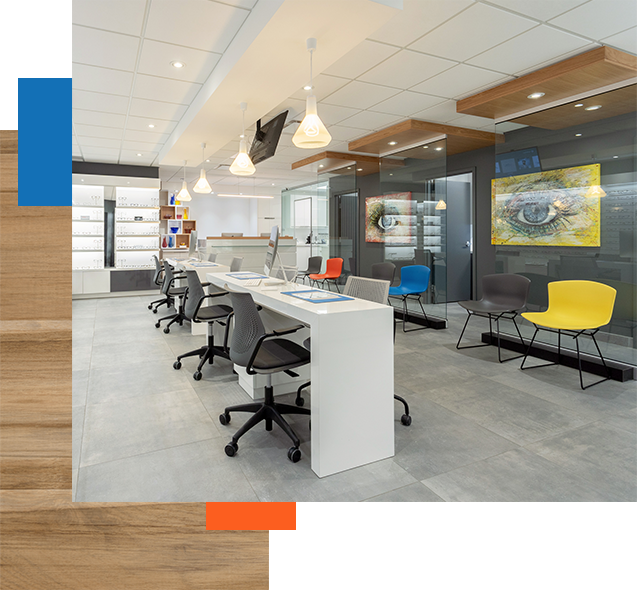Looking After Eye Health
Routine eye exams are a crucial part of your health care. Like a visit to your family doctor or general practitioner, your optometrist evaluates your health. While your optometrist can determine your prescription, they’ll also assess your eye structures and the visual system.
There’s a lot your optometrist can detect in an eye exam, including health conditions or diseases that can affect your whole body. So what can you expect when you see your optometrist for an eye exam?
Sight Test vs Comprehensive Eye Exam
When most people think of visual ability, they’re likely to think of 20/20 vision. While having 20/20 vision is often positive, there’s more to vision than seeing distances. 20/20 vision describes how clearly a patient sees objects 20 feet away (yes, we use feet even in Canada!).
For example, say you have 20/40 vision. That means what the average person can clearly see from 40 feet away, you need to get closer (20 feet) to experience the same visual sharpness.
Determining your prescription needs for distance vision is only one aspect of vision considered during a comprehensive eye exam. Beyond a basic sight test, some of the assessments involved in evaluating a patient’s eye health and vision include:
- Binocular vision (eye coordination, eye movements)
- Colour vision
- Eye health (inner & outer tissue)
- Family history (eye health & medical issues)
- Neurological assessment of visual system
- Peripheral (side) vision & depth perception
- Prescription (refractive status)
- Vision needs (home, work, leisure)
An eye exam includes various testing for essential visual skills. Each test can take a few minutes, with most eye exam appointments completed in about 30 minutes. How Often Should You Book an Exam?
How often your visit your optometrist is similar to how often you visit your general practitioner. A comprehensive eye exam is like a physical or annual checkup. But you can also see your optometrist for eye problems, just like you’d visit your family doctor for a cold or an injury. For example, your optometrist can help treat an eye infection or dry eye.
Patients may also benefit from visiting their optometrist more often if they have a vision or eye problem. The general guidelines for eye exam frequency are:
- Infants (0–24 months): first eye exam
- Preschool (2–5 years): at least one eye exam
- School-age (6–19): annual eye exams
- Adults (20–64 years): every 2 years
- Seniors (65+): yearly eye exams
What to Expect with Testing
Most eye exam appointments begin with a series of tests rather than a face-to-face meeting with your optometrist. The few devices you’ll interact with allow your optometrist to assess eye structures and visual skills before discussing the results.
Your optometrist will also ask patients if they have concerns or questions. Diagnostic technology can tell an optometrist what may affect your eyes, but hearing about your experience is crucial to prescribing appropriate care.
The most common eye evaluations you’ll encounter at a routine examination include the following.
Visual Field Test
A visual field test assesses peripheral vision, with each eye evaluated separately. The test can indicate if your field of vision is affected by an eye condition or disease, including glaucoma.
Cover Test
The cover test helps an optometrist determine how your eyes work together. The patient covers one eye alternatively while focusing on an object or target. The cover test can indicate if a patient has eye focusing problems, such as strabismus or amblyopia (lazy eye).
OCT
Optical coherence tomography (OCT) is an imaging technology used to create cross-sections of tissue located at the back of the eye, including the retina and optic nerve. This test is crucial to allow the doctor to accurately assess the retina as it can detect eye diseases at an early stage.
Refraction
The refraction or sight test determines your prescription (if necessary). An optometrist places a phoropter in front of your eyes and shows you a series of lens choices. The patient will then confirm if lens option 1 or 2 is clearer.
Slit Lamp Exam
A slit lamp is a binocular microscope used by your optometrist to examine the front of the eye. Patients use a forehead and chin rest attached to the instrument. Then, the optometrist assesses multiple eye structures, including the eyelids, cornea, conjunctiva, and lens.
Glaucoma Testing
There are 3 common types of instruments used to check the pressure in the eyes which is a screening test for glaucoma.
- The “air-puff” test or non-contact tonometry (NCT) uses a burst of air to measure intraocular pressure (IOP) painlessly.
- An applanation tonometer or contact tonometry uses a small instrument to gently tap the front of the eye and calculate IOP. Numbing eye drops are provided before the test so the patient does not feel the contact.
- A newer type of instrument used to measure the intraocular pressure is called an I-Care tonometer. This is a quick test that requires no numbing drops and no “air puff”
Glaucoma typically develops with few symptoms and results in significant vision loss or blindness. Therefore, glaucoma testing is crucial to monitor for changes to eye structures and protect eyesight.
Visit Us for Your Next Exam
Stoney Creek Eye Care & Eyewear Boutique has served families for over 30 years. We strive to provide compassionate service and exceptional eye care. When it’s time for your next eye health & vision checkup, visit us! Request an appointment today to see our modern approach to eye care.


